Cranborne Audio on its groundbreaking approach to high-end hardware and the future of pro audio
We catch up with Cranborne Audio’s MD, Sean Karpowicz, to talk about the brand’s ethos and how 500 series modules can now be so easily incorporated into hybrid and desktop studios.

Cranborne Audio is a relatively new UK company that has already made a big splash in the world of pro audio. It was founded in 2017 and launched proper at the 2018 NAMM Show, but in that short time has released ground-breaking and multi-award-winning products including the 500ADAT expander, the 500R8 USB interface and most recently the Camden EC2 preamp (launched last NAMM). The first two units, especially, allow an unprecedented connectivity between desktop DAW production and the 500 series outboard format – more on this later. And then there’s the Camden 500 which, with its incredible Mojo feature for adding a unique colour to your recordings, recently scored a maximum 10/10 in MusicTech.
Cranborne Managing Director Sean Karpowicz founded the company with Engineering Director Edward Holmes, and explains the philosophy behind the company, and also gives us a fascinating history lesson on the 500 series format as a whole.
MusicTech: First things first, the company is called Cranborne Audio and you are based on Cranborne road – so what came first, the road or the company?!
Sean Karpowicz: The name Cranborne Audio actually comes from Cranborne House on Cranborne Road in the Cranborne Industrial Estate, where Soundcraft’s HQ was for 30 years. That’s where I met Ed, Elliott (Thomas, Cranborne’s Product Manager), Andy (Pat, Creative Director) and other current Cranborne Audio team members. We named the company Cranborne Audio as an homage to the spirit we had there and the great memories we had working as a team. And yes, we now have our office in the adjacent building to Cranborne House on Cranborne Road in the Cranborne Industrial Estate – it certainly wasn’t the plan but it’s a fun address for us to have!
MT: What was your original goal with the company?
SK: We really wanted to set the bar for innovation but, above all, Cranborne Audio is an audio brand that does things the right way – we don’t take shortcuts on product design and execution. We don’t compromise by shipping stuff we don’t 100% believe in, and we will simply not accept ‘good enough’ – we strive for excellence.
We have certainly stuck to those values and are very proud of our first three products that are all out in the wild helping people’s recording workflows, while offering truly incredible sound quality for surprisingly affordable prices.
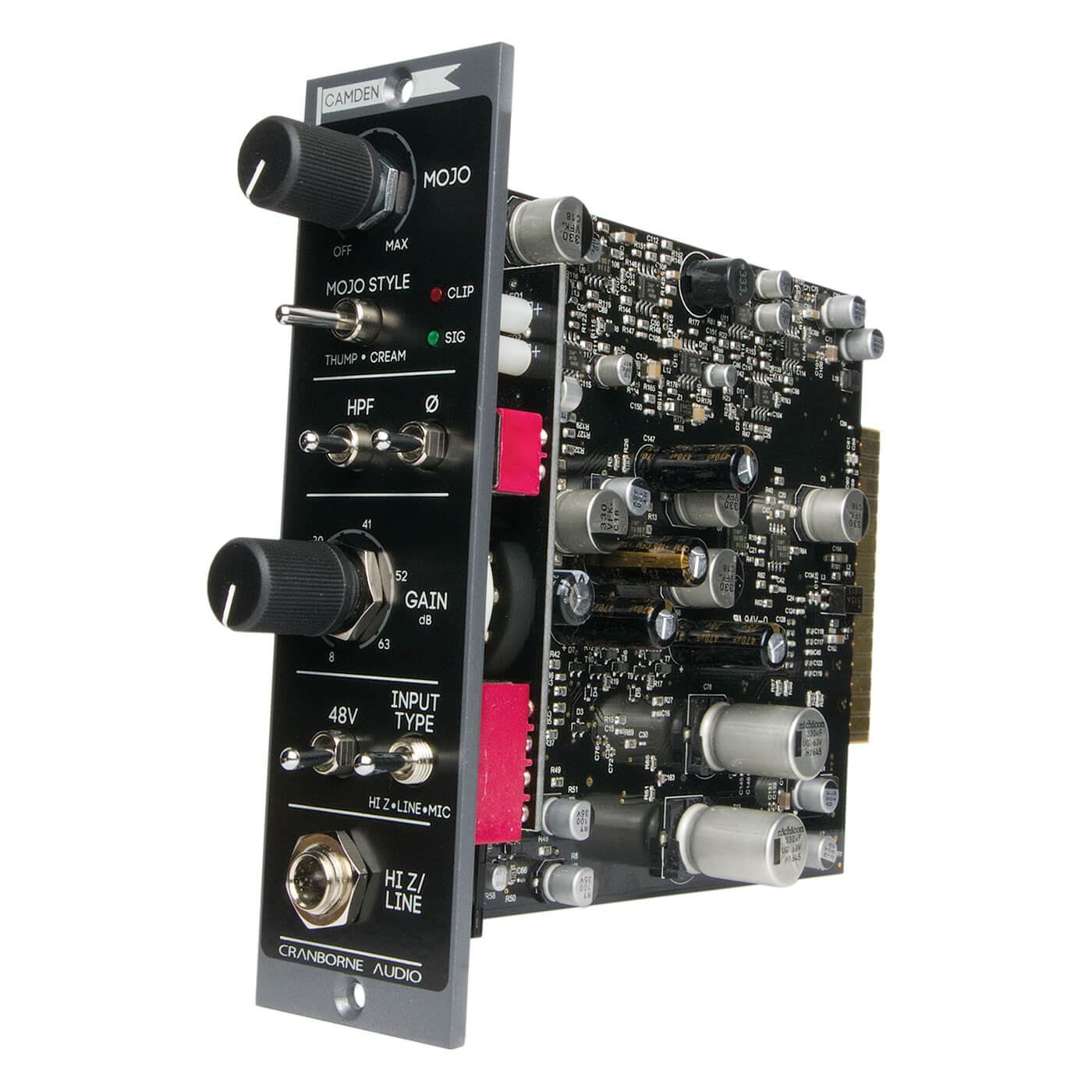
MT: You have expertise in your company dating back to Soundcraft – can you tell us about some of the Cranborne people and their histories?
SK: I’ve been lucky enough to work for a few pro audio companies who have all trusted in me to design products and push the envelope of product design, including the Soundcraft Signature Series. However, as a Product Manager you are only as good as the engineers who have to do countless hours of painstaking electronic design work. This is the biggest reason I left other audio companies I worked for and why Cranborne Audio is so special – we make the investment in R&D and Engineering and make sure we spend the time and resource where it matters most: making the products excellent.
We have a handful of absolutely outstanding people designing our products. Ed is an absolute analogue electronics genius who studied under the legendary Graham Blyth during his tenure at Soundcraft. Elliott is a workflow and UI/UX master, and possesses a set of golden ears for tuning. Andy Pat, our Creative Director, has won awards for his industrial design across different industries and is truly a creative genius who gets involved with all aspects of our brand. Russ Gilbert, our PCB Layout engineer, has laid out PCBs whose first production quantity runs were in the millions.
David Rumball, our Principal Engineer, has loads of experience developing technology, including a lengthy stint at Apple, and he is as equally proficient at software as he is hardware. And that’s just a small glimpse into our fantastic team! Overall, we really care, and do this because we love it and want to get really awesome, innovative products into the hands of as many people as possible.
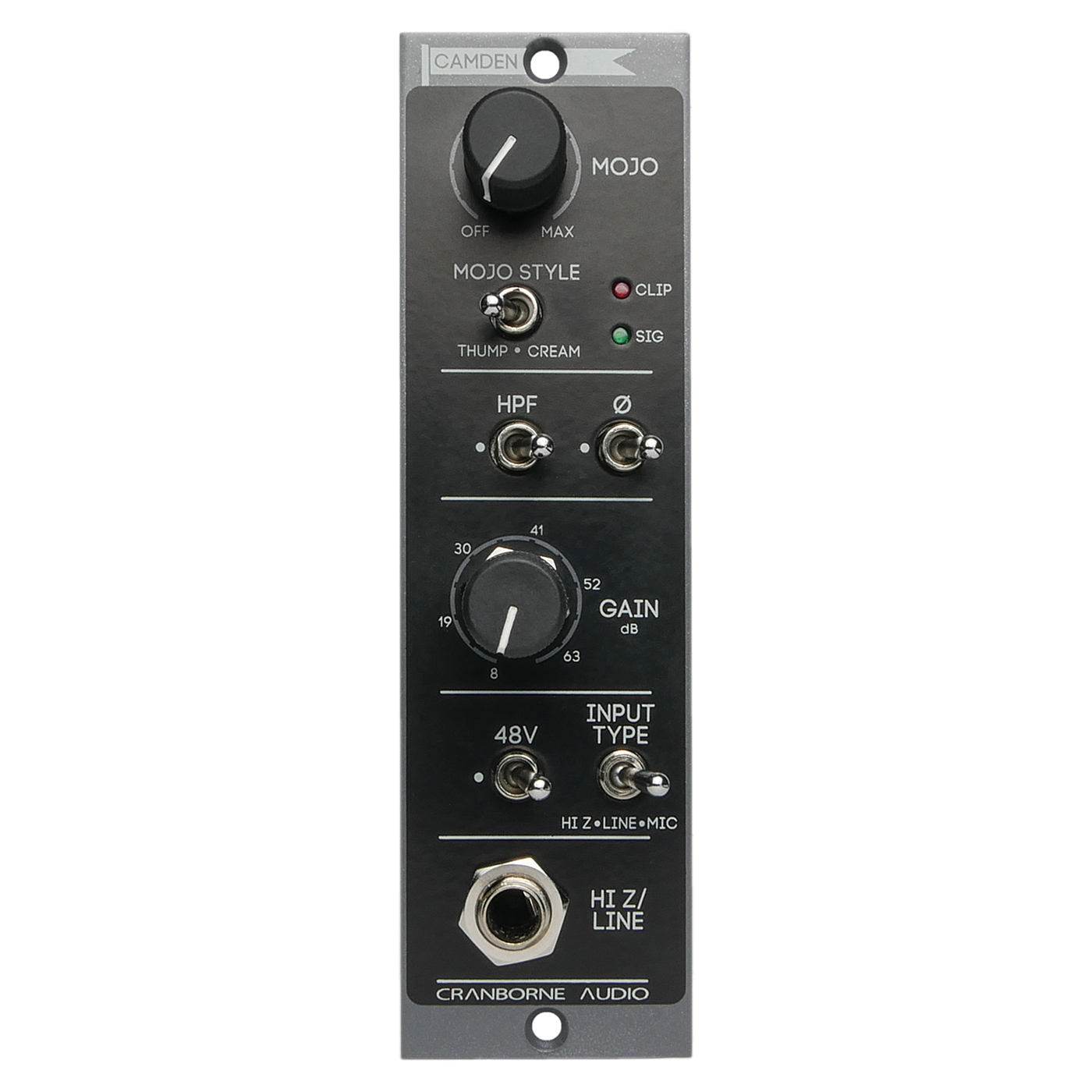
MT: You’ve only been going a couple of years but you’ve already made a splash, most recently with the Camden 500…
SK: I measure success on how a product performs and how the users of the product feel about it, and if that’s the metric, the Camden 500 has to be the most successful product so far. It’s one of the cleanest, most transparent preamps you can find, with an all-new preamp topology that, to our knowledge, has never been tried before. And it also has a completely new type of analogue saturation circuit that we designed from the ground-up. It’s quite rare to have so much innovation in one product, and it’s half the price or less than preamps of similar quality.
We get so many lovely comments from happy Camden 500 users – in some cases perplexed by how good it is given its relatively affordable price tag. But the Camden 500 for many users has become their go-to preamp amid a studio full of absolutely legendary preamps. It’s really quite humbling to hear comments like that.
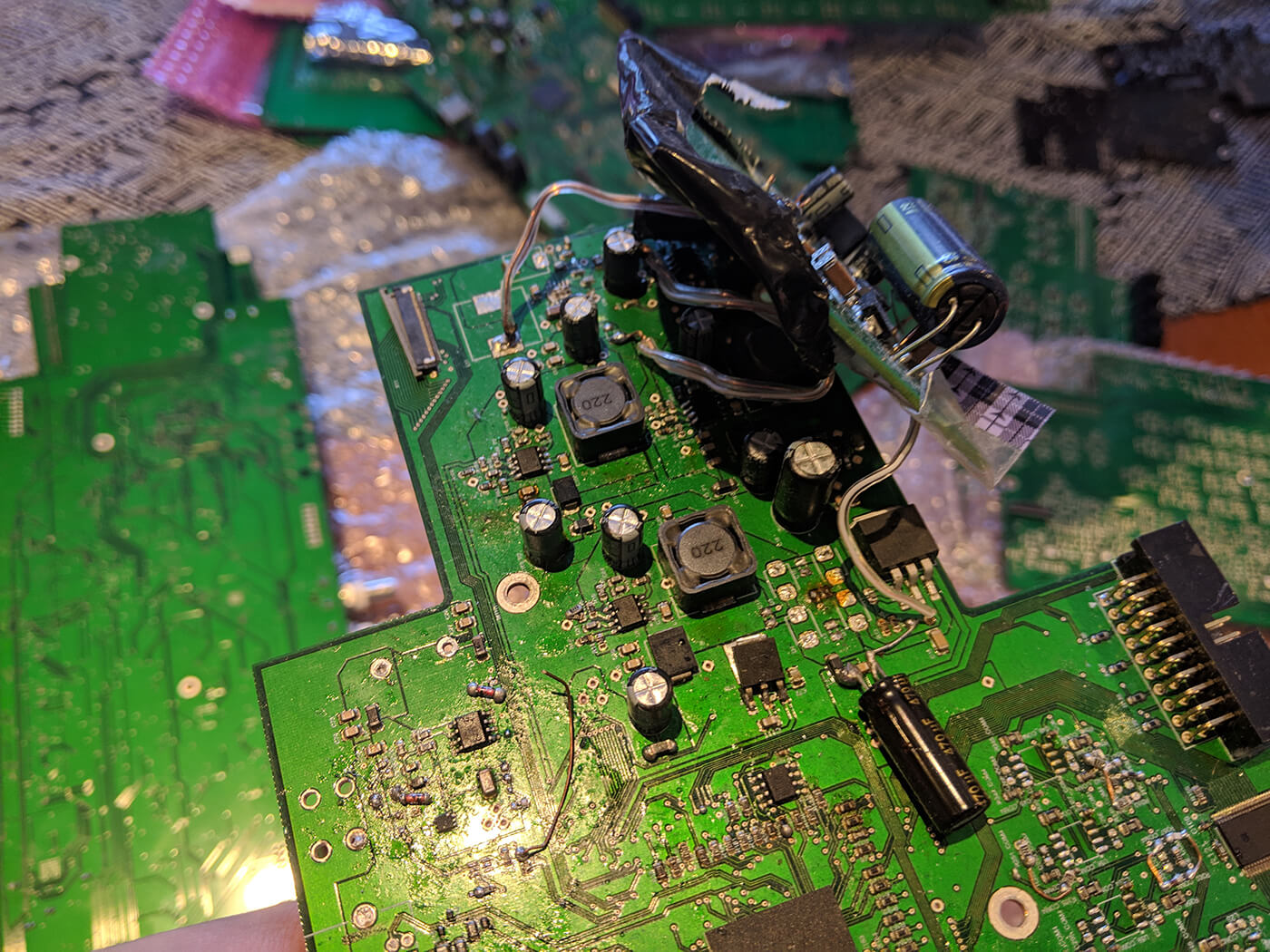
MT: Give us a flavour of the 500 series history to newcomers of the format. What is its broad history, its advantages and disadvantages compared to standard rack outboard gear?
SK: Back in the 60s and 70s, many recording brands made removable channel strips for service or modular systems where preamps, EQs, compressors and so on could be inserted or removed to change the layout and functionality in their recording consoles. API was one of these manufacturers and they called their format the ‘500 series’, and for various reasons, other manufacturers made modules that worked with API’s format.
This sort of open source culture was great for engineers as they could get the best things that different brands would offer and incorporate them nicely in their recording setup to get the sound they were after. The watershed moment was probably the establishment of the VPR Alliance, a free initiative by API, designed to implement uniform standards and approve manufacturers of 500 series components.
The advantages are obvious: the ability to create a sound that you want, rather than what one particular manufacturer thinks sounds best. But there are also other advantages. The 500 series format is quite compact and pretty economical to build around. With the modern studio slimming down in both size and cost, 500 series is a great way to pack some serious power into a modern studio.
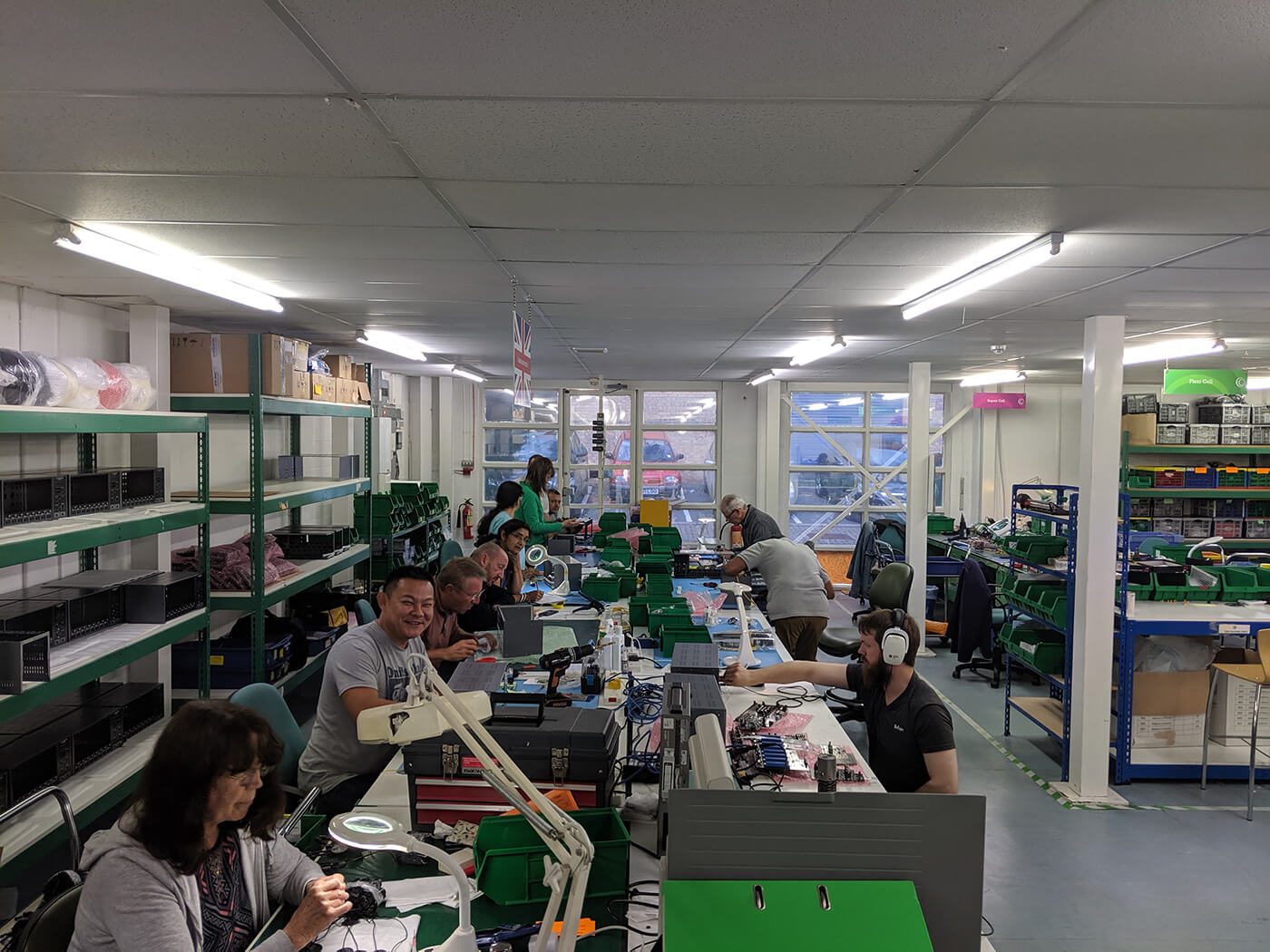
MT: So in what ways do your 500R8 and 500ADAT units incorporate with the format?
SK: Hybrid mixing is the way most people work nowadays, but not a lot of equipment is designed to facilitate this in an easy way. Elliott and I are especially passionate about removing the finicky things in people’s workflow. So the number one thing the 500R8 and 500ADAT do is integrate lots of things (A/D conversion, summing mixer, artist mixing, etc) in a really integrated and easy-to-use way, where everything just works so you can be fast and create, rather than troubleshoot and fight with your setup.
They also bring in high-performance reference quality conversion and clocking. Even if you don’t use the 500 series slots at all (which you can do thanks to the module bypass switches) you have one of the best line-level A/D converters and clocks you can possibly get, let alone one which very tightly integrates a 500 series rack, inserts for external outboard gear, and a summing mixer to be the hub of a modern hybrid studio.
MT: Tell us a little about the Camden preamps and why they were developed.
SK: When Ed and I first founded Cranborne Audio, we had so many ideas about how we could make the ultimate modern preamp: a Jekyll and Hyde that could outperform pretty much every preamp, whether you wanted absolutely supremely linear and transparent or really vibey, warm, and ‘vintage’.
When I was a tracking engineer, I liked a ‘true’ capture of the source that sounded full and unhyped. I would frequently get compliments from artists I worked with on the quality of the raw captures, which I think is partly due to my preamp choices when tracking. But so many people now look for preamps which impart a lot of colour, which can sound good but sometimes it can have downsides as well – the main one being phase shift. Phase shift isn’t the biggest deal and can make things sound the way they do in a good way. When you are tracking a drum kit using 16-24 channels, using really phase-coherent preamps and carefully doing the mic placement can make the drum kit come alive in a very special way.
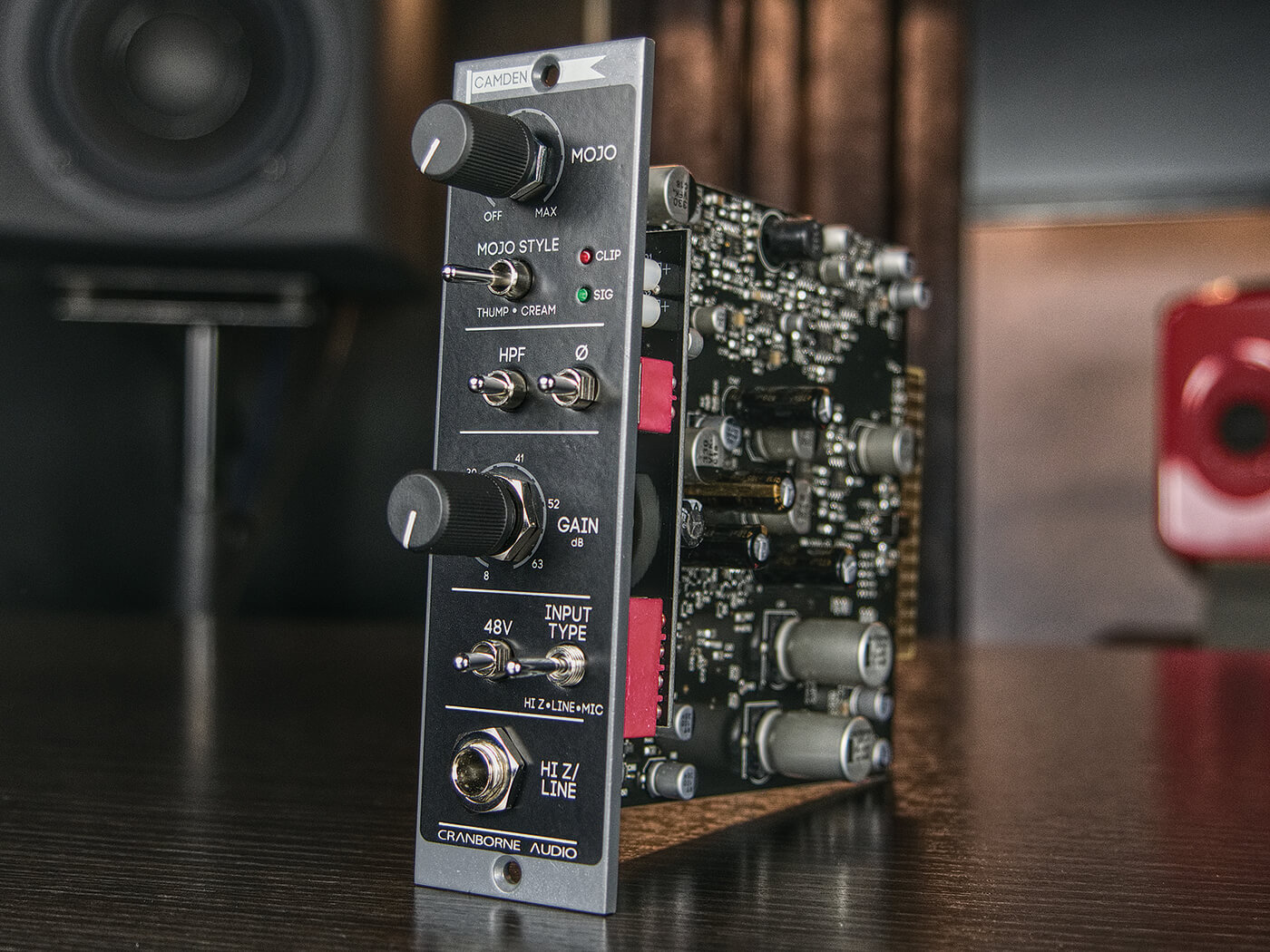
So that was one aspect of preamp design that we were really keen on nailing, and Camden massively delivers on this as it’s phase linear like no other preamp we know of, with only two degrees of phase shift at 20Hz to 20kHz at normal gain settings. Everything sounds so punchy and full going through it, and phase coherence is a big part of that, especially when paired with such a linear and distortion-free preamp circuit.
We get loads of users who love Camden’s Mojo analogue saturation circuit. Normally preamps have one sound and it can or sometimes cannot work on a particular source. But Mojo has two modes: Thump and Cream, as well as a variable Amount so there is always at least one setting that will sound good. And it isn’t a fixed effect where it does the same thing on every source; it changes the effect and range based on the signal being put into it and how hard you drive it, so it’s a very organic effect that always produces something pleasing and useful. And because Camden is mic, line or Hi-Z, it works wonders not just on microphone sources but also DI instruments like acoustic guitars, bass guitars, as well as line-level keyboards, synths and samplers. It’s really just an amazingly useful preamp that sounds good on pretty much everything.
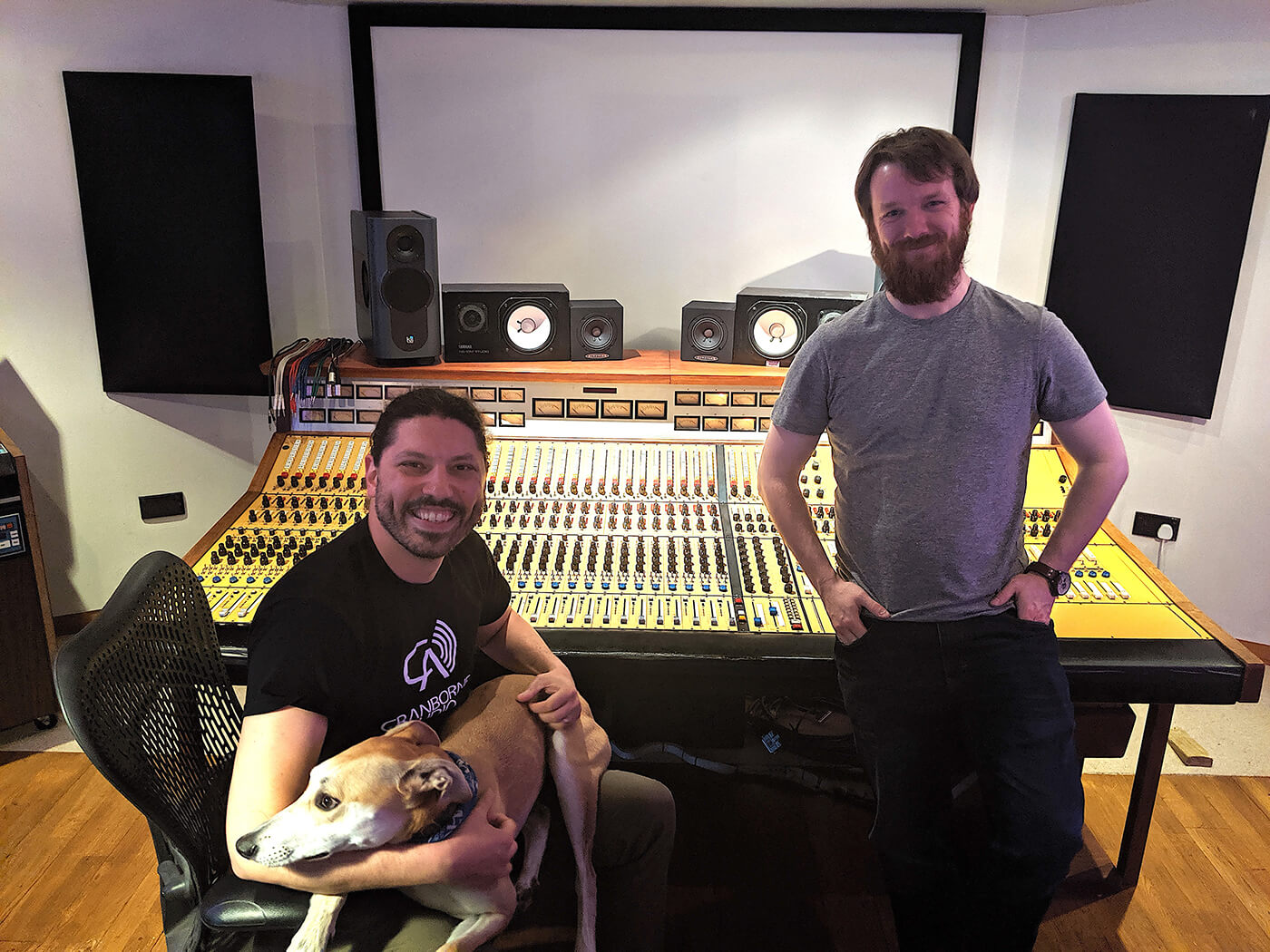
Talking technology
MT: What do you think about the way music production has gone over the last decade in terms of technology? What has been the good, and the not so good?
SK: So much has changed and continues to change, but a lot of stuff happens in cycles and we see this now with analogue gear. About 10 years ago, everybody was trying to get in-the-box as much as possible, which I get completely as you can’t beat the convenience, recallability and cost of software plug-ins. But the last couple of years have made it clear that analogue still has a place – you just can’t beat analogue no matter how good plug-ins have become, and there’s just something about physical controls and actual electrons flowing through copper that produces a magic that is very difficult to reproduce on a DSP chip or computer. People now realise analogue and digital have their place and are finding ways of getting both – the so-called hybrid setups that are so popular.
The not-so-good is over-processing. I see some DAW projects with 8-10 plug-ins per channel. It’s obviously overkill and every time, the mix actually gets better when you disable all the processing.
This is a symptom of people looking at audio engineering as a more creative endeavour, whereas it used to be just about fixing problems. Also, since you can use as many plug-ins as you like, a lot of producers and artists just put them everywhere, whereas with analogue hardware you were limited by how much kit and space you had, so this was never an issue.
I think it’s starting to change now though, as people realise that over-processing kills a track – throwing compression everywhere just leads to a very sterile, undynamic track that is ear fatiguing, and using loads of EQ everywhere leads to weird phase issues and smeared transients.
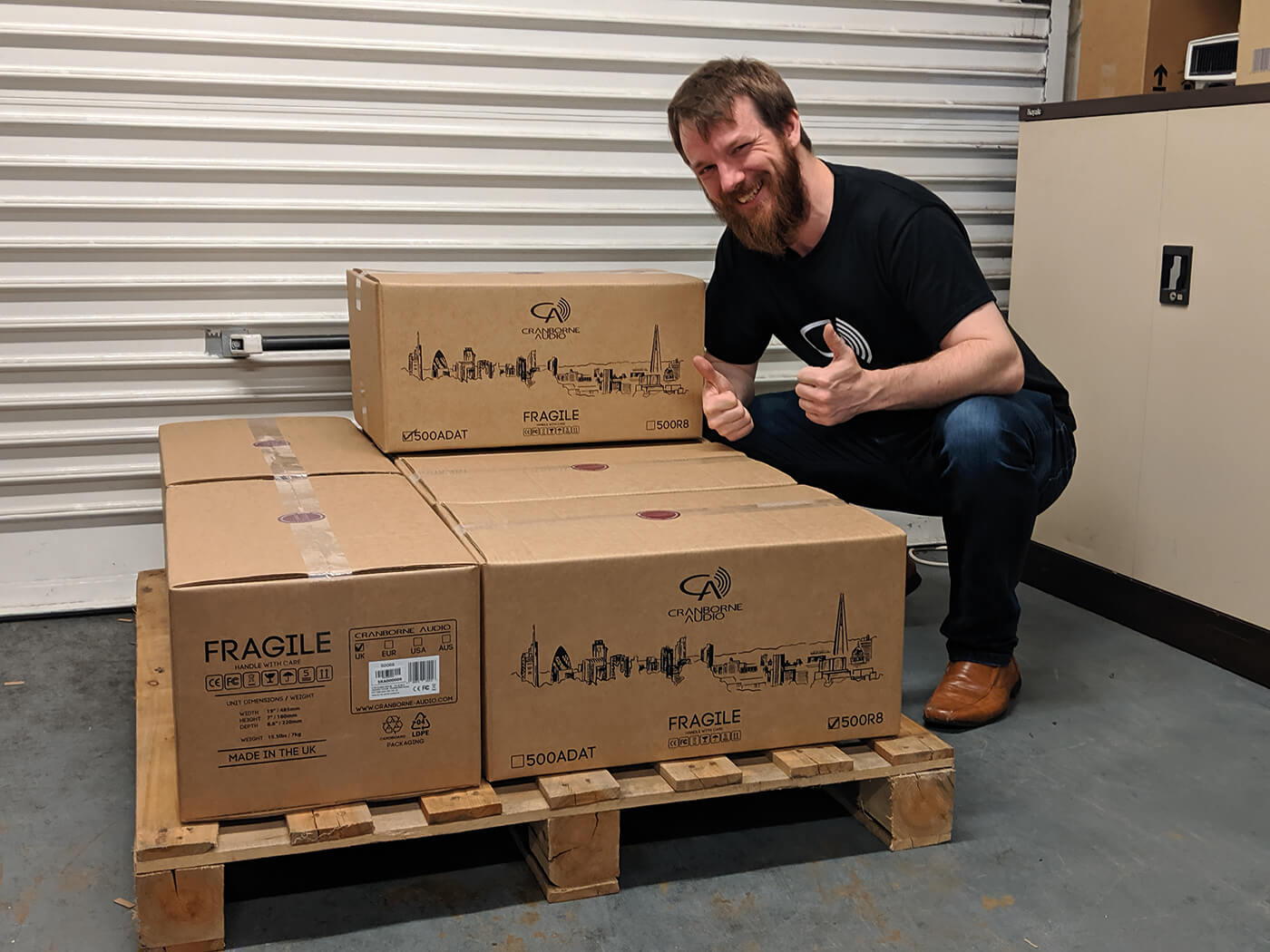
MT: Which production techniques do you get commonly asked about?
SK: Re-amping and re-sampling have become really important techniques that many people want to understand and use. It used to be that re-sampling was used to save CPU resources when we were using computers that were struggling to keep up. But re-amping and re-sampling can massively help workflow as well. Getting a finished vocal sound in the moment when you are there tracking with a vocalist, as an example, can be a difficult thing. You don’t want to waste the vocalist’s time/energy on tweaking an EQ or similar – you want them focused on their performance and nailing their takes.
This is an example where getting a ‘good enough’ clean capture and then going back and tweaking the compression, EQ, etc when there’s no vocalist’s time you are wasting might be a good strategy.
Future plans
MT: Getting back to Cranborne, what have you got planned next?
SK: It may sound cheesy, but our goal is to stay true to who we are and what we believe. The whole reason we started Cranborne Audio is that we thought we could make really awesome products that are different. So we want to make sure that we are always doing this rather than making ‘me-too’ products. We want to innovate.
We want to totally transform people’s studios and tracks. We are hungry and passionate about moving music technology forward. We’ve done this with our first products but can we keep this up? It’s like a band’s first album: always very inspired, and great songs that are true to the artist. But the follow-up album is the key – that’s the difference between a legendary band and one that had that one good album.
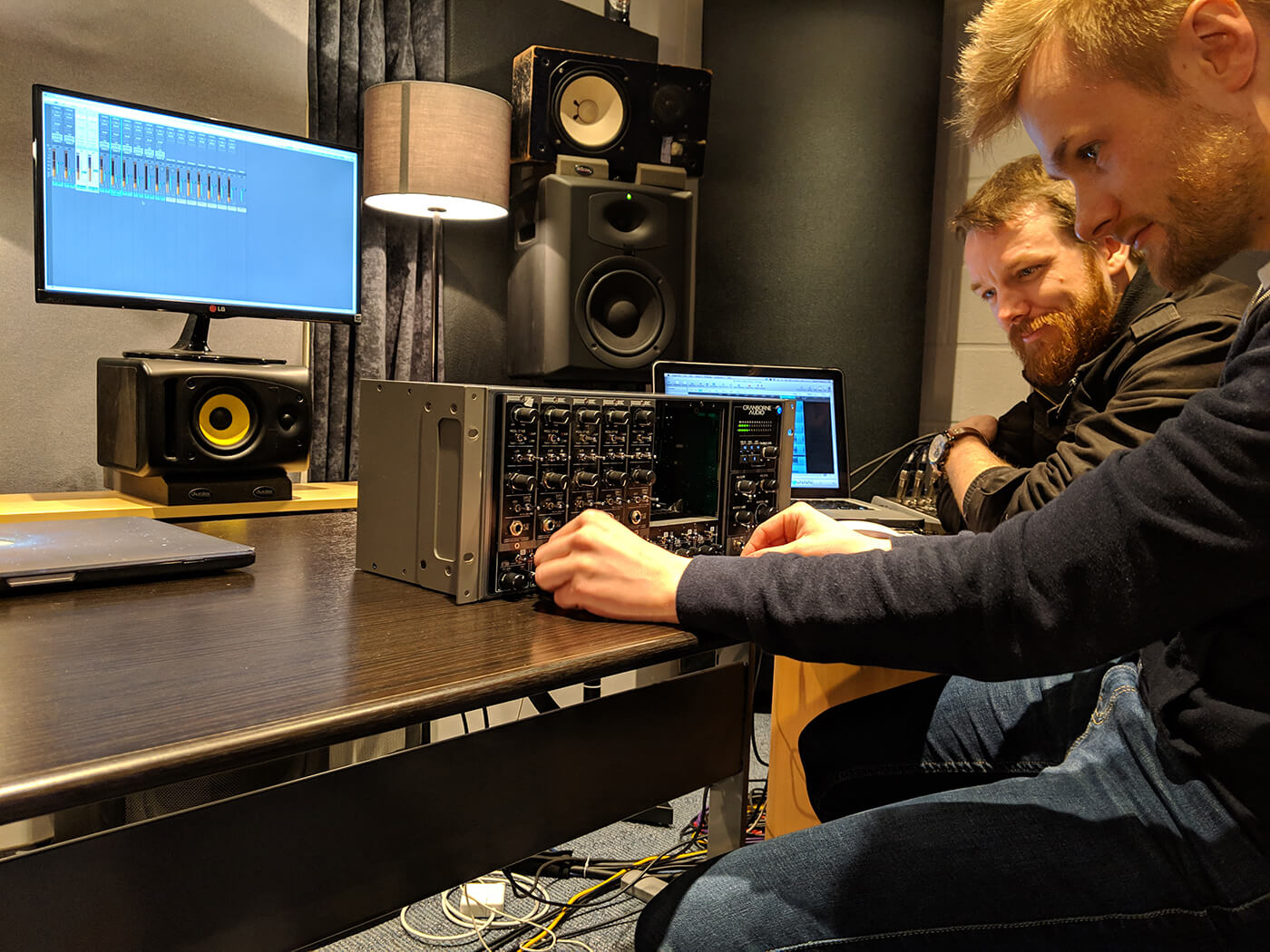
MT: So what can you tell us about ‘the next album’?
SK: Our products are each a combination of multiple technology platforms – 500R8 is a USB interface, summing mixer, monitor controller, and 500-series rack. Each had to be designed from scratch and combined to become the 500R8, but these individual components can be slightly altered and repackaged into different formats.
So we want to re-employ things we’ve already developed into different formats and workflows, but we also want to continue to make new platforms or, like in the case of our Mojo analogue saturation circuit, further evolve the technologies we have developed. The Mojo analogue saturation on Camden 500, as an example, is a fixed implementation of a very sophisticated, elegant, and highly customisable design. Mojo has a lot more that can be done with it and we have a lot of ideas…
Our passive C.A.S.T. breakout box, the N22, will be shipping soon, as will our active headphone amp and C.A.S.T. breakout box, the N22H. We are very excited for both products because they are a very 21st century solution to cabling a home or project studio and N22 and N22H are extremely affordable.
MT: Finally what is the future of music production in less than 100 words?
SK: I’ll go for broke on this! I can see the physical barrier of producing music being eliminated. What I mean by that, is that our medium to translate ideas in our head into our tracks is with a DAW, operated by a mouse, keyboard, or a DAW controller. When you think about what technologies or a combination of technologies could do for music production workflow, it’s very exciting. Imagine a Neuralink-style DAW controller and a DAW suite that uses the benefits of VR effectively? It would transform music production!
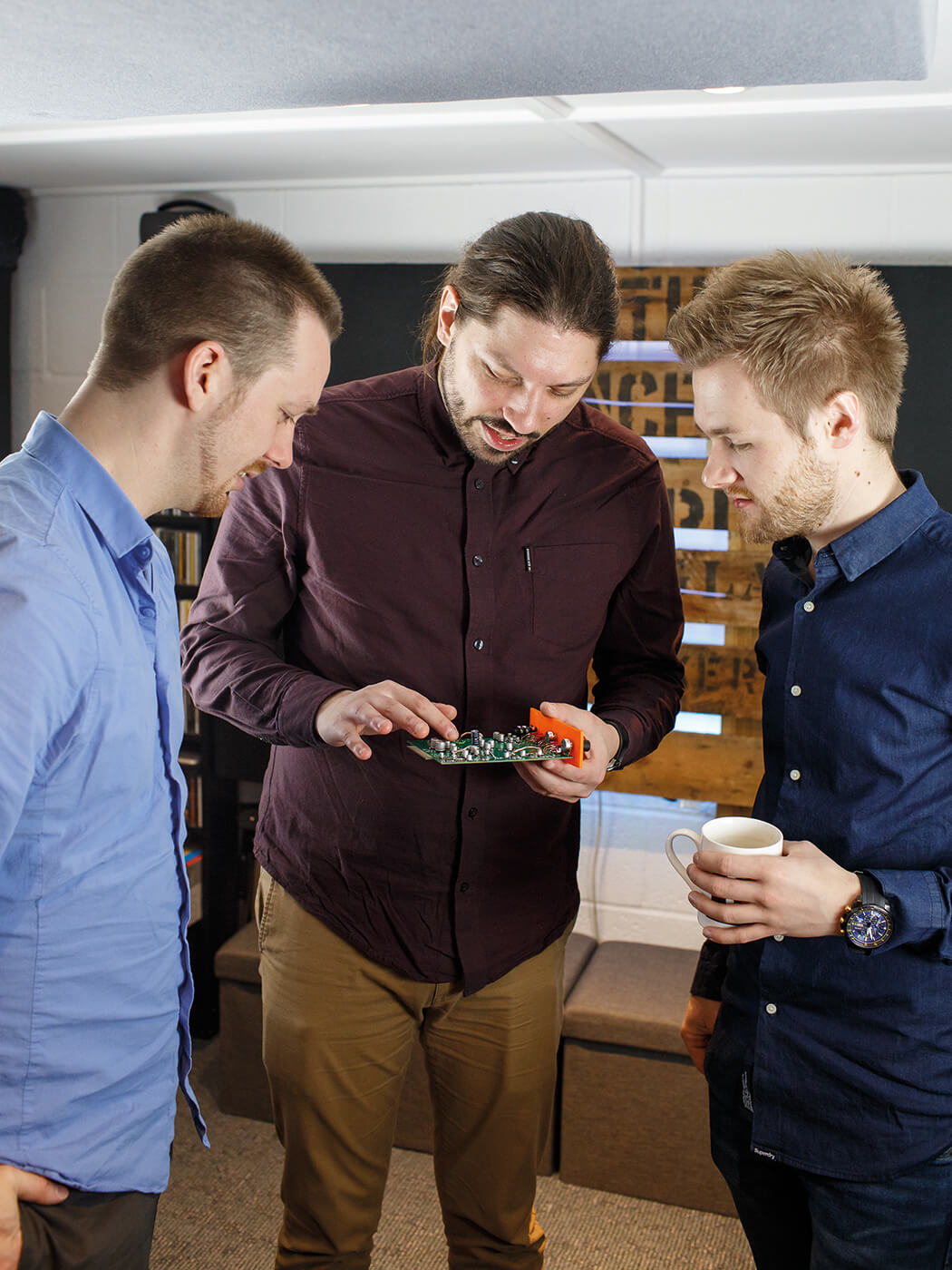
The most common production mistake ever (and how to cure it)
SK: I’ve seen a lot of hilarious memes about snare drums not fitting in a mix. It seems to be a thing a lot of people struggle with. I think people follow a formula with snares: I must boost this frequency, I must cut this frequency, I must use this plug-in, I must sidechain or compress… My cure-all advice would be to use your ears, listen to your drums, listen to your track and feel it.
The number one way to improve your snare is to get a good capture or sample of a snare drum. A common misconception is that you can start with a sound that isn’t great and you can make it sound good with EQ and compression. This isn’t true. When you try to EQ in more ‘snap’ for the snare, it gets brittle and thin. When you try to get more body of the drum, you can get a muddy, boxy sound. Start with a good capture or sample and then adjust how prominent it is in the mix – that’s the best way to get a good snare sound.
Want a career in the industry? Here’s Sean’s advice
Firstly, be true to yourself. Why do you want to enter the world of music production? If the answer is anything other than you have a passion for music-making and want to do something different, I would say don’t bother.
It’s not easy to make a name for yourself, especially nowadays given how much music there is and how fragmented and numerous music distribution and marketing channels are. But I’m a firm believer in ‘real recognises real’ as well as ‘cream rises to the top’. I think if your motivations are there and are true, then you will make productions and music that will be interesting. If you are doing the same thing everyone else does, because it’s the thing to do, you don’t stand a chance.
For more reviews on Cranborne Audio products, click here. To read more MusicTech interviews, head this way.